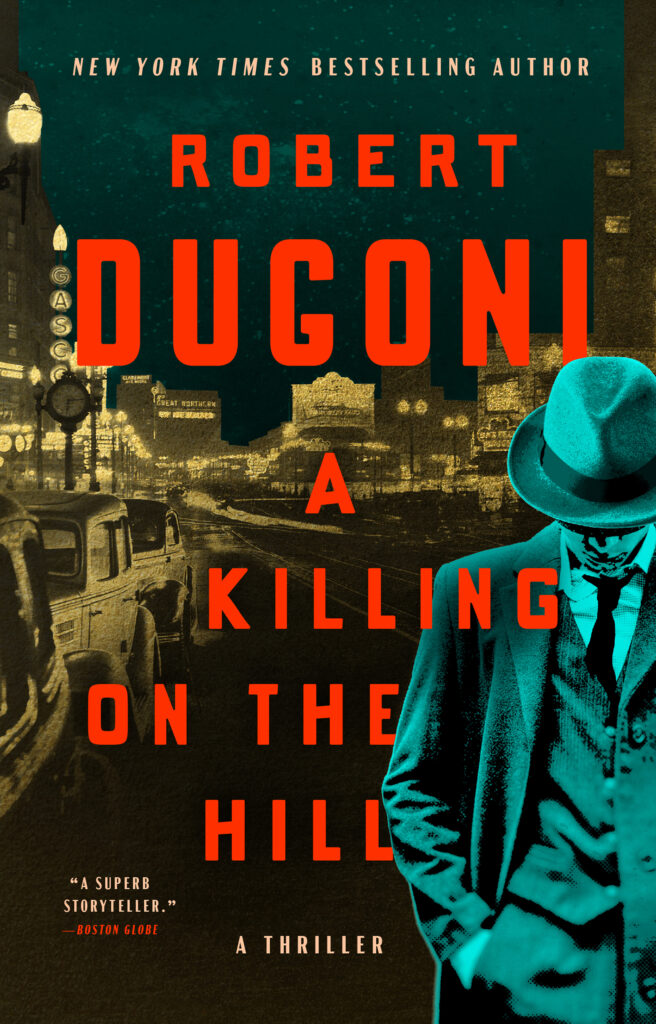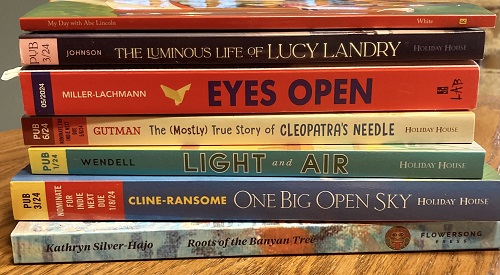Passionate Imagining: Jenni Fagan’s Luckenbooth
 The Devil’s Daughter Comes to Edinburgh
The Devil’s Daughter Comes to Edinburgh
Some call it the Endarkenment rather than the Enlightenment. Edinburgh is a city of duality and contrast, often evoked in terms of its gloomy winters, referring as much to the human soul as to the darkness of some of this northern capital’s history, and the majesty of its light-filled, windswept skyscapes. These contrasts are evident in the architecture of the Old Town. The narrow closes dissect the High Street like fine, throat-catching fishbones. On each side rise tenements, Scotland’s solution to city dwelling. The wealthier inhabitants occupied the grander apartments on the first and second floors, while above them the social strata descended in inverse order to the flights of steps to be climbed. Before the days of drains and refuse collection, before the grander, wider streets of the New Town took shape, the accumulated stench on the paved alleys below and coal fumes from the chimneys above gave the city its name Auld Reekie.
The Old Town is also where booksellers and advocates touted for business in the courts around Parliament Square – a name that remained even after the Act of Union took Scotland’s government south of the border. Nearby ambulant vendors sold knick-knacks, like the silver Luckenbooth brooch with its intertwined hearts. Instead of pushing their booths away at night, they were granted permission to leave them in the side streets leading onto the square. This is (or was) the location of number 10, Luckenbooth Alley.
Jenni Fagan is a rising name in Scottish literature, and her latest book has been heralded by writers of the calibre of Ian Rankin and Irvine Welsh. Spanning the arc of the twentieth century, the structure of Luckenbooth (William Heinemann, 2021) reflects the tenement building that is at its heart. One floor per decade, starting in 1910. Fagan had a map of the building – and the book – on the bedroom wall of the tenement flat where she used to live. I asked her about the large cast of characters in the novel. “It is a big risk,” she told me, “and I knew that some would appeal more than others. Jessie MacRae, the devil’s daughter, is the protagonist whose story holds the entire novel together, and so finding her was the key to everything. First, I focused on designing the building itself, researching it, deciding exactly where in Edinburgh it would be. I knew the building had a terrible secret. Once that was done Jessie turned up to claim it, really. I wanted to make sure none of the characters were too similar; they each needed to have their own theme and story, a separate identity, contrasting viewpoints, journeys, beliefs.”
When I asked about the historical inspiration for some of them, she said “posing questions of each character helps a lot.” For example, Ivy Proudfoot (1944, Flat 4F4) “was inspired by discovering The Night Witches, a regiment of mostly Ukranian teenagers, often girls, who were sent out in wooden bi-planes in formations of three to bomb the Nazis. I wanted to have an ordinary shop girl who was going to be trained as a spy and so those two stories collided and I began to think about what might make Ivy want to kill, if indeed she did.” In the case of the medium Agnes (1956, Flat 5F5), “I wondered what it would mean if she never really knew how much her husband loved her, if she thought he didn’t really care but at some point that storyline (via the building) would be subverted. However, that longing in Agnes, the otherworldly way she holds her loneliness was tied to that initial question.”
Fagan tells me she never thought of Luckenbooth as a historical novel, although other writers have. She loves history and “has always loved Edinburgh and found it a fascinating city of extremes so that part was really enjoyable”. Edinburgh is as much a character in the book as are the humans – and the spirits. Landmarks, past and present, feature: Leith Walk, Calton Hill, the Palais, Portobello, Mary Queen of Scots’ bathhouse – described by Dot (1999, 9F9) as the best building in the city. Levi (1939, 3F3), a Black musician from Louisiana, works in the old Bone Library in what was once the city’s major veterinary research institute. “As soon as I found out about it, it was too good to not set one decade of Luckenbooth there. I also respected that trying to bring alive nine decades was a herculean task that demanded intensive research including countless areas that did not end up in the book but were still vital to world building.”
Her “world building” is highly effective, and each character fully inhabits their decade. Fagan’s writing is anchored in societal issues, the wrongs done and the ways individuals have challenged those wrongs and asserted their individuality and sexuality in ways that might make them seem misfits, outcasts. Fagan certainly pulls no punches and is determined that these passionate, authentic stories should not be confined to the periphery: “No person is on the periphery of their own existence.” She includes characters like Ivor (1989, 8F8), a coalminer who “scabs” during the strikes because he has a phobia of the light and thinks of darkness as a sunny day. Other characters are historical, like William Burroughs (1963, 6F6) who attended the 1962 International Writers’ Conference in Edinburgh: Fagan wanted to “make sure I was capturing his voice and some of his actual approaches to doing cut-ups, or language as a virus, with less known details like how he lost the tip of one finger. However, the liberty with each character is to try and bring them alive just for this world alone.” As Fagan shows, we are free to choose our parameters, our dualities, to fill the cracks with gold. Jessie MacRae epitomises this, and don’t forget that Hope is the devil’s granddaughter.
Fagan is now working on a novella called Hex which is based on the North Berwick witch trials (Birlinn, 2021). She says it is loosely epistolary in form but instead of being a letter to God it is a letter from one witch to another, starting now and going back to Geillis Duncan on the day of her execution at Edinburgh’s Castlehill. Fagan’s poem collection, The Bone Library, will come out in 2022.
ABOUT THE CONTRIBUTOR: Lucinda Byatt is HNR features editor. She translates from Italian into English and also teaches early modern European history. https://textline.wordpress.com/
Published in Historical Novels Review | Issue 96 (May 2021)






